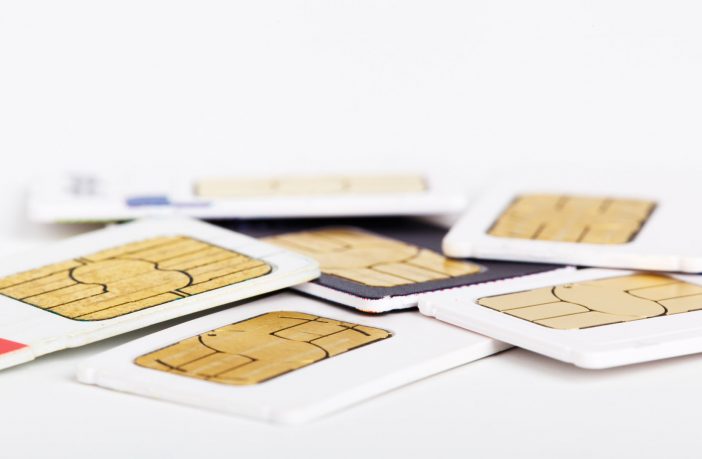SIM cards are things that we think about very rarely. Usually, only when it’s time to upgrade, or when we need to replace our existing SIM card.
The SIM card was originally created in 1991 and, over the years, the chip has seen reductions in size as smartphones have gotten smaller and thinner.
What Is Included In a SIM Card?
Each SIM card has an IMSI (International Mobile Subscriber Identity) and an authentication key that validates the IMSI. This authentication key is usually by the network. The key is what allows your phone to be able to connect to the network, which is obviously the main purpose of the SIM card.
Each SIM card also has a unique identifier called the ICCID (Integrated Circuit Card Identifier), which is stored in the card and engraved on it. The ICCID consists of three numbers:
- An identifying number for the SIM card issuer
- An identifying number for the individual account
- A parity digit that’s calculated from the other two numbers for extra security
SIM cards are also capable of storing other information, such as contacts and SMS messages.
Most SIM cards have a capacity between 32 to 128 KB, although in South Africa, most of the newer SIM cards are either 64KB or 128KB.
SIM Card Sizes
SIM cards are currently available in three sizes (there was one more size which is now no longer used):
Current phones use either a micro or a nano SIM.
While the list of of phones which use each SIM card is rather exhaustive, it tends to be the higher-end phones – such as the iPhone and Samsung Galaxy S – that use nano SIMs, while the mid-range handsets tend to use the micro SIM.
Introducing The e-SIM
In the future, we could be seeing devices with an e-SIM.
e-SIM stands for embedded SIM. This is a SIM card that will be embedded in your phone or tablet (or wearable), instead of having a removable one.
This means that you’ll be able to select your network at the store when buying your new phone or tablet, instead of having to go out and purchase one separately.
This technology is not widely available, but there are reports of both Apple and Samsung being in talks with the GSMA to standardise these e-SIMs for use in future products (wearable technology would greatly benefit from this).
SIM cards might be the forgotten child in technology, but it doesn’t mean that it too isn’t undergoing its own changes and evolutions.





